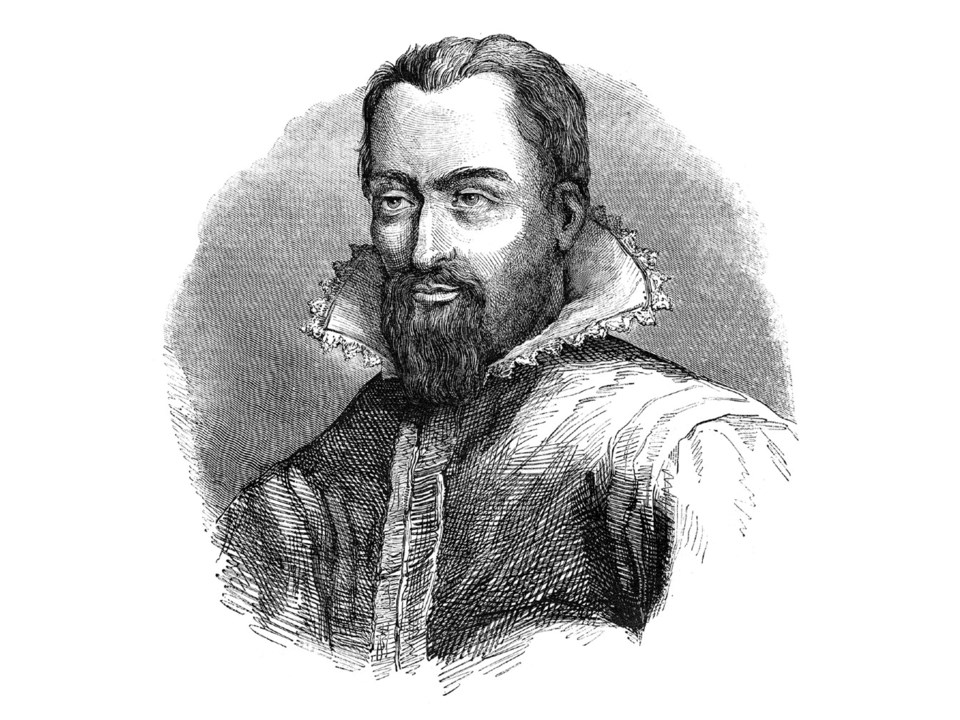May was interesting for us on the Sunshine Coast since we had a nice run of clear skies, morning and evening. There was a beautiful conjunction of the Moon and Venus on May 22. After sunset and as the sky darkened and the stars appeared there were Pollux and Castor in Gemini above the two with Mars to their left. It’s surprisingly easy to detect the motions of the planets when there’s a bright reference star nearby. We’ll get to see the same sort of thing on June 21 around 22:30, clear sky permitting. By then our own motion will have put the stars of Gemini closer to the sun (right) and we’ll see the moon, Venus and Mars closer to Leo (left). The three will be about 15 degrees above the horizon, just north of due west and will have Pollux and Castor about 20 degrees to the right and Regulus, the bright star in Leo, about 10 degrees to their left. As an aid to navigating the sky, just remember the width of your fist at arms-length is just about 10 degrees.
If the sky is clear that evening and you have a chance to use binoculars, steady them and have a look at the moon; on the few-day-old crescent, you should be able to pick out Mare Crisium – the Sea of Crises – at its extreme right edge. It’s one of my favourite lunar features, mainly because if it’s clearly visible, the sky is nice and clear. It’s also one whose name I remember and whose position I don’t get confused with everything else. Mare Crisium will always be at about the 1:30 position on its disk, assuming north is 12:00. Practice finding it a few times and you’ll discover how easy it is to impress your friends with your astronomy knowledge!
Seriously, if you’ve used the binocs on the moon, try them on Venus. You’ll need to stabilize them by holding them against something immovable like a doorjamb or a fence, tripod or whatever. You should see another crescent object, much smaller (actually one-sixtieth the size of the moon), very bright but with no visible features. It’s no surprise that the demise of the Ptolemaic model of the solar system and the acceptance of the heliocentric model followed the invention of the telescope. Once you can see Venus display phases like the moon – and see small “stars” circling Jupiter just like our moon circles us – it becomes pretty obvious that Earth isn’t the center of the whole show. That’s the best segue I can think of for our next astronomer’s bio.
Last month I mentioned Tycho Brahe, a Danish nobleman who did foundational work in mapping the heavens. His career overlapped that of Johannes Kepler, 1571 – 1630, who was a German mathematician, astronomer/astrologer and natural philosopher. At the time there was no real distinction between astronomy and astrology and natural philosophy included what eventually became physics. Remember that time then was what a sundial told you – Christiaan Huygens patented the first pendulum clock in 1657. Considering that nobody really understood the nature of light and that our understanding of gravity was limited to “don’t jump off the roof” and “the harder you throw it, the farther it goes,” I suppose we shouldn’t be too critical.
Regardless, Kepler had an impressive mathematical talent even as a kid and following his studies was appointed a teacher of mathematics and astronomy in Graz, a city in southeast Austria, at the age of 22. Following some disputes with Tycho Brahe (but no swordfights, thankfully) he wound up working with Brahe. Following Brahe’s death in 1601, and a lot of further work on his own, the German astronomer eventually used some of Brahe’s data in the work that resulted in Kepler’s three laws of planetary motion. According to Wikipedia:
“The three laws state that:
The orbit of a planet is an ellipse with the Sun at one of the two foci.
A line segment joining a planet and the Sun sweeps out equal areas during equal intervals of time.
The square of a planet’s orbital period is proportional to the cube of the length of the semi-major axis of its orbit.”
As far as I can tell, this may have been the genesis of the concept that things in the heavens did not move around attached to some hypothetical spheres but instead followed their paths in isolation and according to physical laws later enunciated by some of the giants of physics. Sir Isaac Newton comes to mind, for example. Granted, Kepler didn’t have a pet moose/elk like Brahe, but despite my own math degree I have yet to figure out how Kepler came up with his three laws using only a quill pen and paper and some truly rudimentary observing aids. His bio makes fascinating reading and I may understand his planetary laws eventually.
Barry Pointon will be doing a presentation on Neutrinos for the Sunshine Coast Astronomy Club, Friday June 9 at 7 p.m. and the meeting will be open to the public at the Sechelt Library. Updates as necessary will be posted at the Sunshine Coast Club website at: https://sunshinecoastastronomy.wordpress.com/. We hope to see you there.




